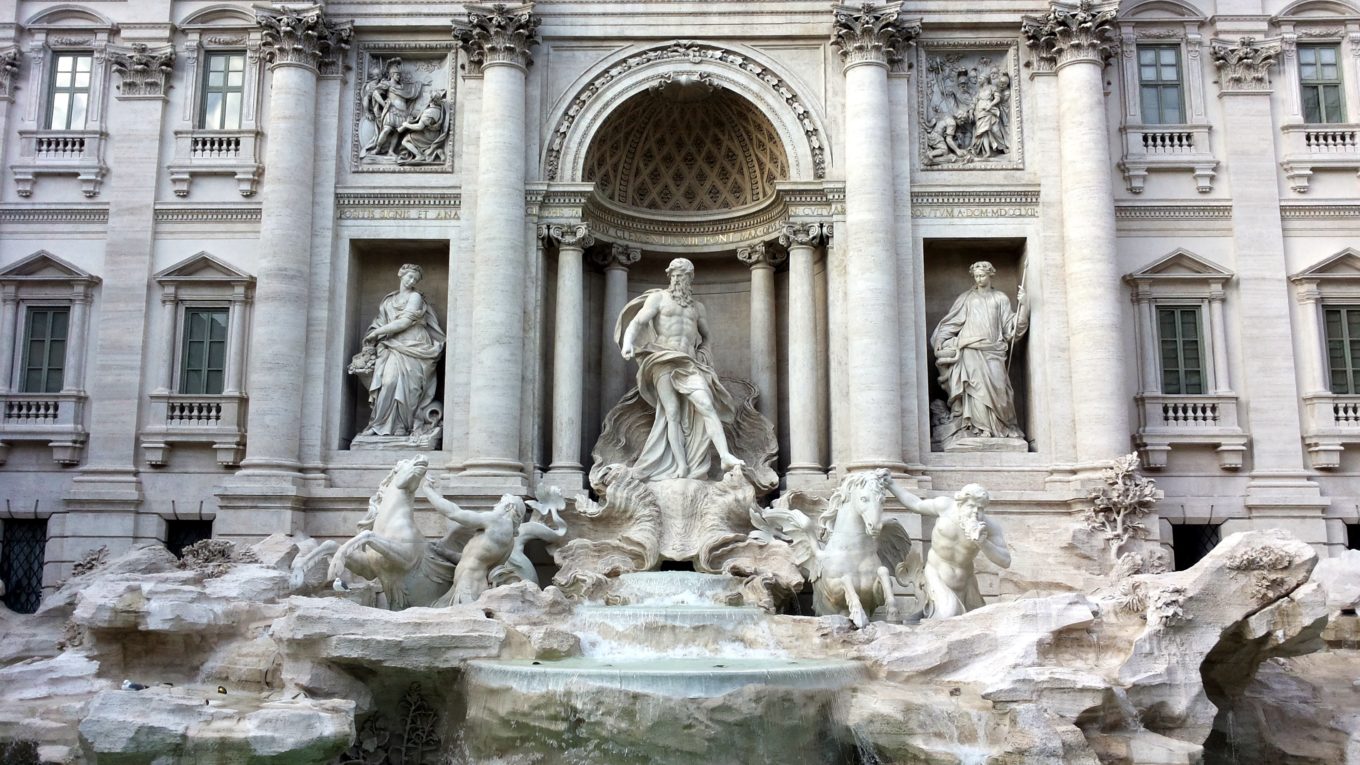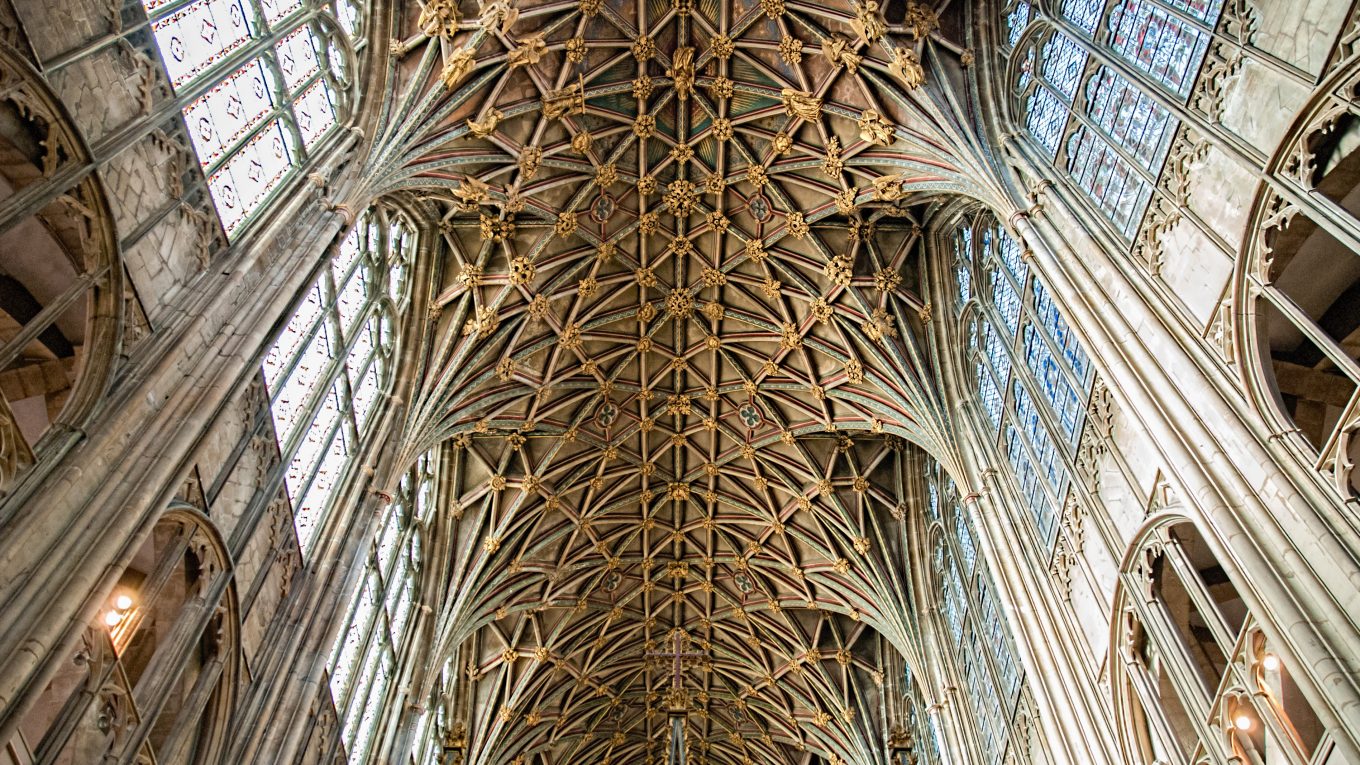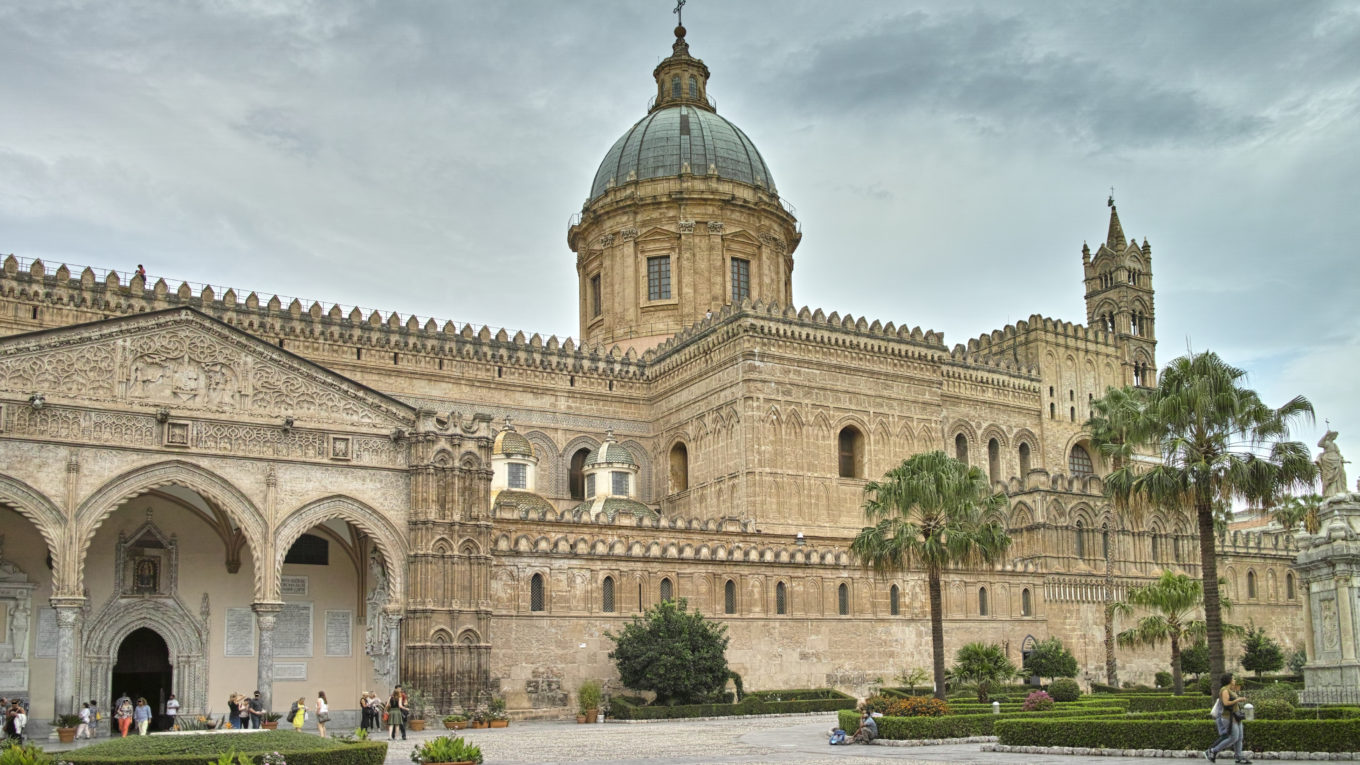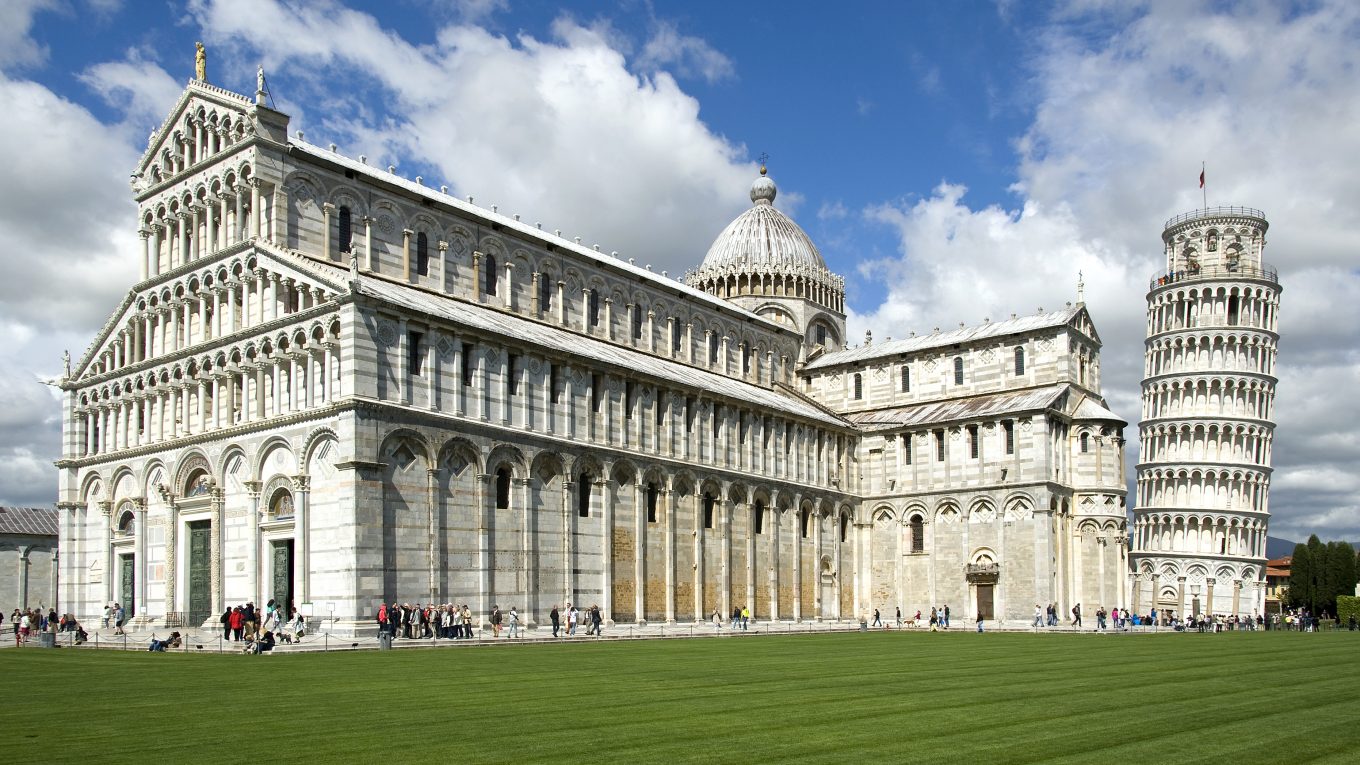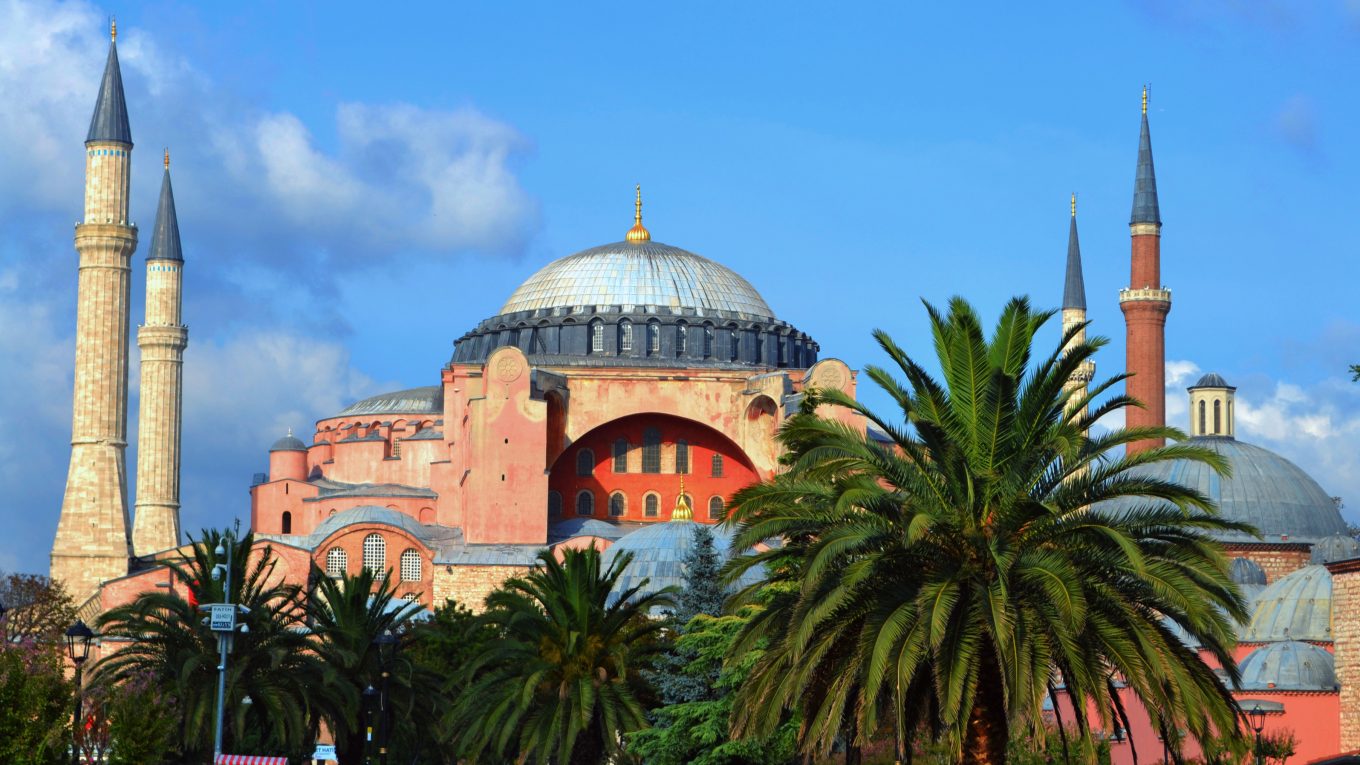Top 25 Examples of Neoclassical Architecture
Neoclassical Architecture remains one of the major architectural movements in world history. Born after the irrational exuberance of the Late Baroque and Rococo Ages, Neoclassical Architecture was a return to the more practical and timeless designs of the ancient Greeks and Romans. Neoclassicism became a global style by the 19th century, and many cities such as Washington D.C., London, and St. Petersburg all contain great numbers of Neoclassical buildings. Today there is still a strong association between Neoclassical Architecture and modern Democracy, and some of the world’s most well-known buildings were constructed during the Neoclassical Age.
Read More
